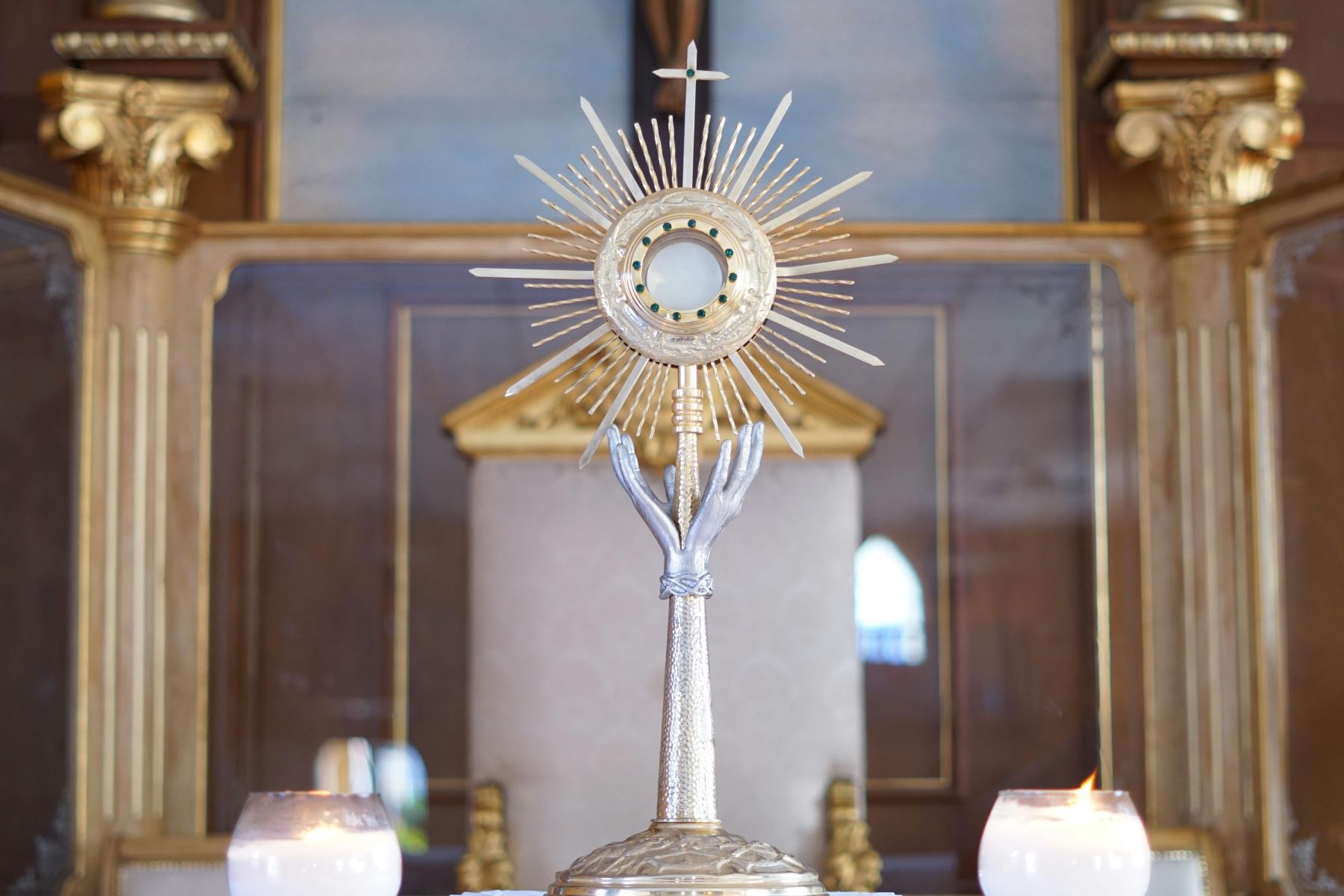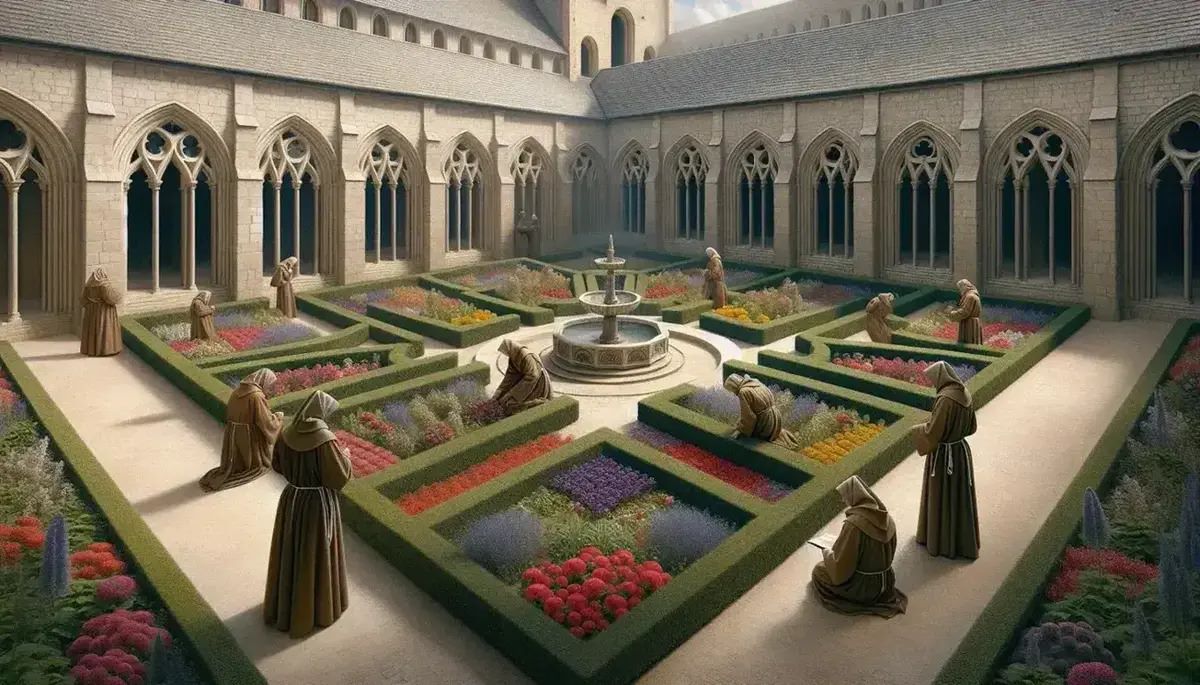
What is a monstrance? A monstrance is a sacred vessel used in Christian liturgy, particularly within the Catholic Church, to display the consecrated Eucharistic host. This ornate object often features a glass window or holder, allowing the faithful to view the host during adoration and benediction ceremonies. Monstrances come in various designs, typically crafted from precious metals and adorned with intricate decorations. They serve as a focal point for worship, symbolizing the presence of Christ in the Eucharist. Understanding the significance and history of the monstrance can deepen one's appreciation for its role in religious traditions and practices.
What is a Monstrance?
A monstrance is a sacred vessel used in the Roman Catholic Church to display the consecrated Eucharistic host. This ornate object holds significant religious importance and is often used during Eucharistic adoration and benediction ceremonies.
- The word "monstrance" comes from the Latin word "monstrare," meaning "to show."
- Monstrances are typically made of precious metals like gold or silver.
- They often feature intricate designs, including religious symbols and figures.
- The central part of the monstrance, where the host is displayed, is called the "luna."
- Monstrances are usually adorned with rays or sunburst patterns to symbolize the radiance of Christ.
Historical Background of Monstrances
Understanding the history of monstrances provides insight into their evolution and significance in religious practices.
- The use of monstrances dates back to the 13th century.
- They became more common after the Feast of Corpus Christi was established in 1264.
- Early monstrances were simpler in design compared to the elaborate ones seen today.
- The Gothic period saw the introduction of more ornate and decorative monstrances.
- Monstrances were initially used to carry the Eucharist in processions.
Symbolism and Design Elements
Monstrances are rich in symbolism, with each design element holding specific meaning.
- The sunburst design represents the glory and light of Christ.
- Angels are often depicted on monstrances, symbolizing their role in adoration.
- Some monstrances include relics of saints embedded in their structure.
- The luna, which holds the host, is usually made of glass to allow visibility.
- The base of the monstrance is often designed to be stable and sturdy, symbolizing the unwavering faith.
Usage in Religious Ceremonies
Monstrances play a crucial role in various religious ceremonies, particularly in the Catholic tradition.
- They are prominently used during Eucharistic adoration, where the faithful pray before the exposed host.
- Monstrances are also used in benediction ceremonies, where the priest blesses the congregation with the Eucharist.
- During processions, the monstrance is carried through the streets, allowing the public to venerate the Eucharist.
- Special prayers and hymns are often recited during the adoration of the monstrance.
- Monstrances are sometimes used in perpetual adoration chapels, where the Eucharist is continuously displayed for worship.
Final Glimpse at Monstrance
Monstrance, a term with deep roots in religious tradition, holds fascinating details. From its Latin origin meaning "to show" to its role in displaying the Eucharist, this sacred vessel has a rich history. Crafted from precious metals, often adorned with intricate designs, it symbolizes reverence and devotion.
Monstrances come in various shapes, some resembling suns with rays, others more elaborate. Used in Catholic and some Anglican churches, they play a central role during Eucharistic adoration and processions.
Understanding these facts about monstrances not only enriches one's knowledge of religious artifacts but also deepens appreciation for their significance in worship. Whether you're a history buff, a religious scholar, or just curious, these details offer a glimpse into the artistry and devotion behind this sacred object.
Was this page helpful?
Our commitment to delivering trustworthy and engaging content is at the heart of what we do. Each fact on our site is contributed by real users like you, bringing a wealth of diverse insights and information. To ensure the highest standards of accuracy and reliability, our dedicated editors meticulously review each submission. This process guarantees that the facts we share are not only fascinating but also credible. Trust in our commitment to quality and authenticity as you explore and learn with us.


